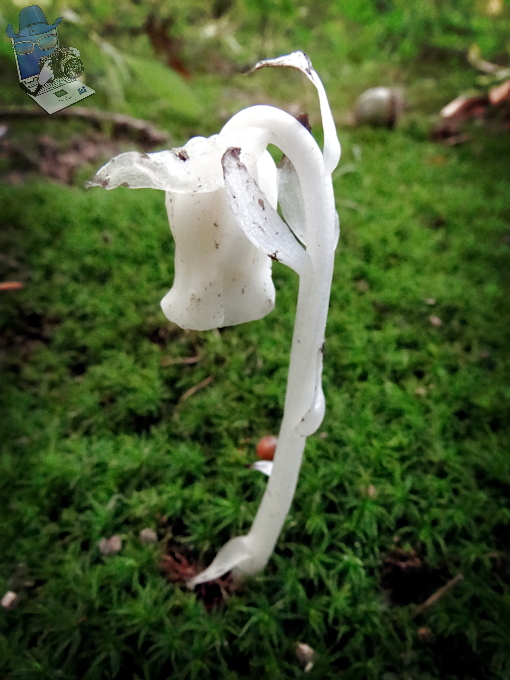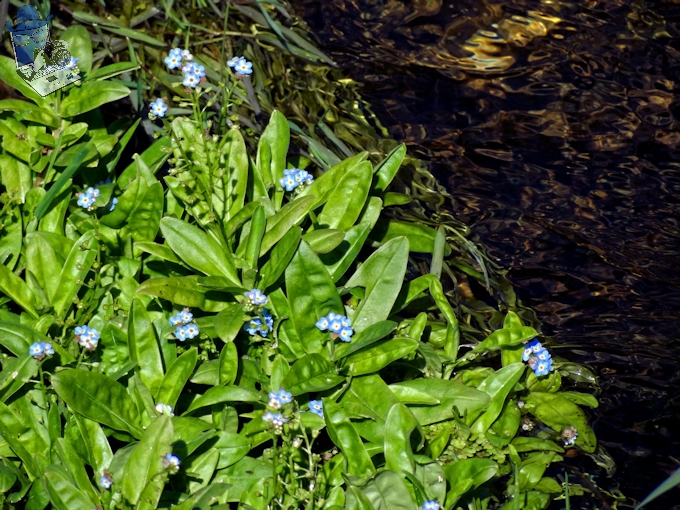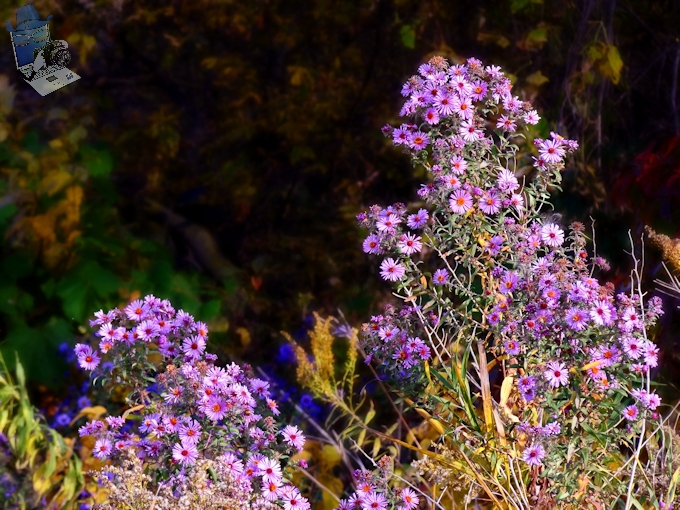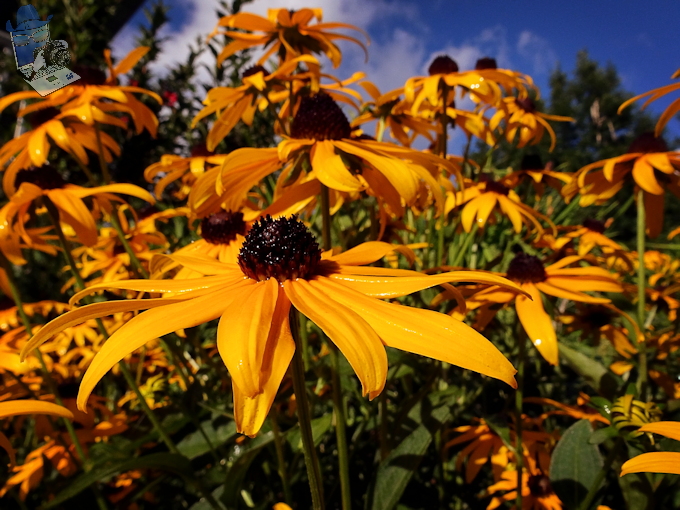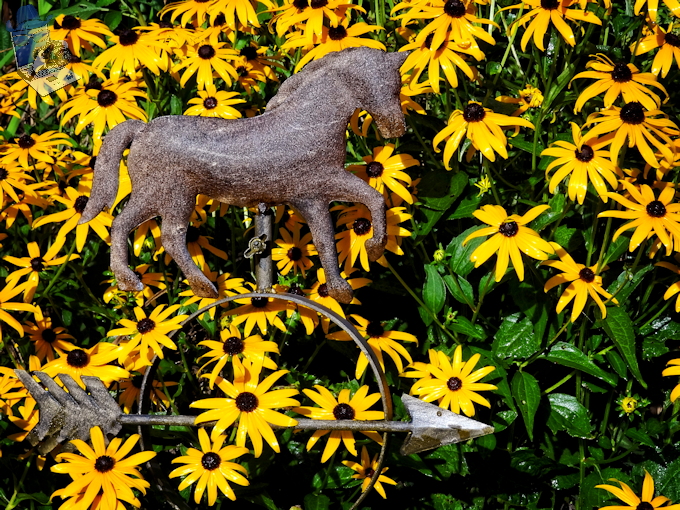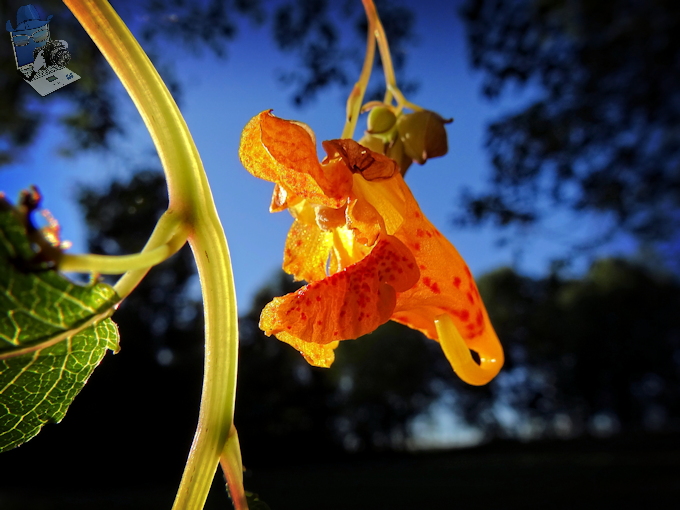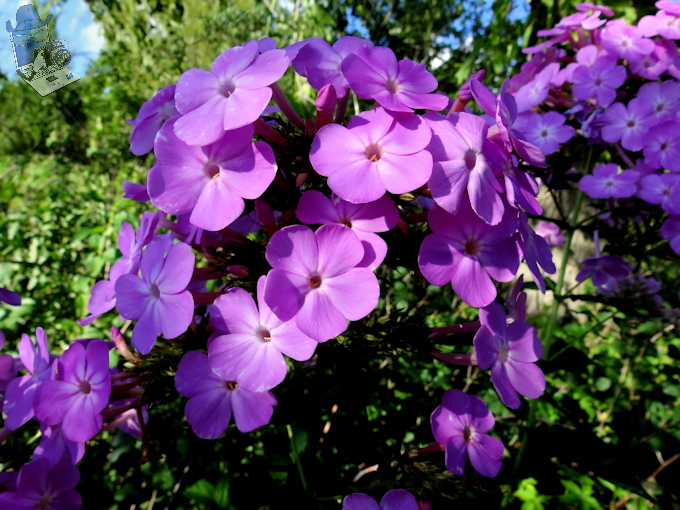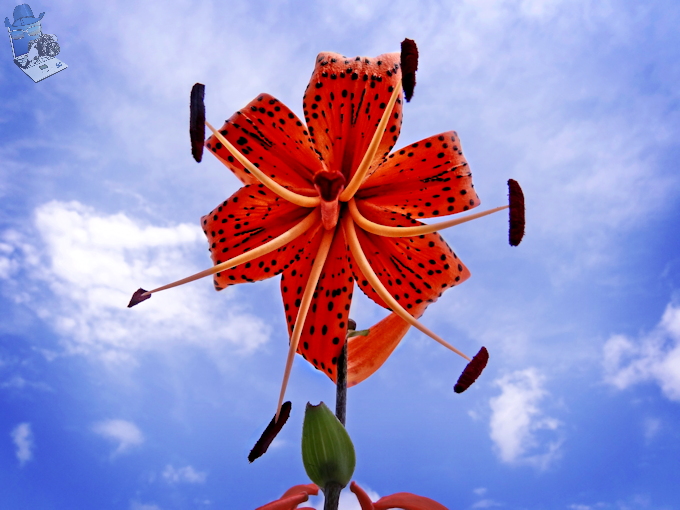Normally you think of flowers being colorful, like the multi-colored chicken I posted yesterday, but some flowers didn’t get the memo about being colorful. Even white daisies with their yellow centers are colorful but this Indian Pipe has no chlorophyll and gets its nutrients through a mutually beneficial relationship with a fungus in the soil where it grows. And since it doesn’t need sunlight, it can grow in deep wooded areas.
Because of its lack of chlorophyll, it’s sometimes called ghost plant or corpse plant. The nodding flower pushed through the soil with the flower already formed and when the blossom is pollinated, the blossom straightens to an upright position. It turns black when it dies and then to me it looks like a burnt wooden match stick.
Indian pipe survives not from photosynthesis, but by stealing carbon from a mycorrhizal fungus living in the root zone of trees. Mycorrhizal fungi are symbiotic organisms that vastly increase the absorptive surface area of a tree’s root system and aid in uptake of specific nutrients and the tree responds by providing carbohydrates for the fungus.
By chemically mimicking the tree’s root system, the Indian pipe causes the mycorrhizal fungi to attach to its roots in a kind of biological identity theft. The fungus mycelium receives sugars produced by the trees from photosynthesis which some then gets passed to the ‘thieving’ Indian Pipes.
The unique requirements and epiparasitic ways make it all but impossible to cultivate in a garden or to transplant them.
Indian Pipe (or Ghost Plant or Corpse Plant)
